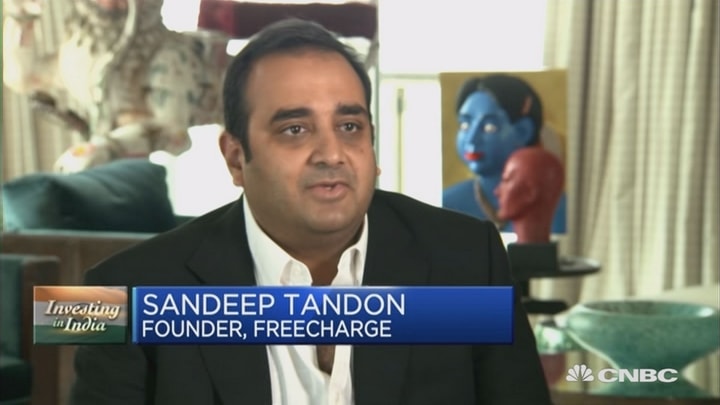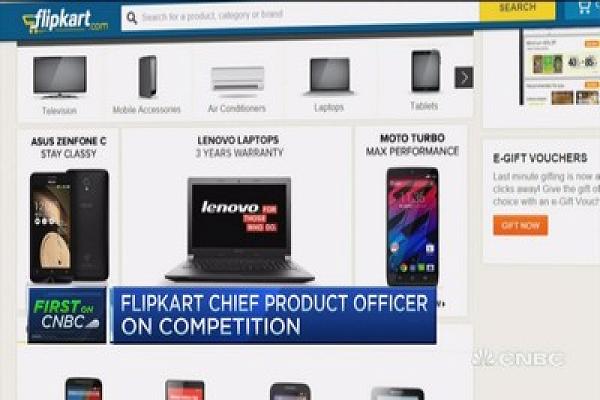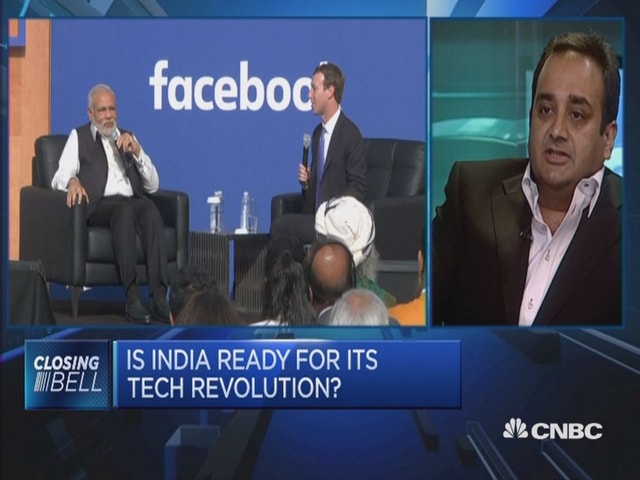
How to Prepare for an Investment Meeting
This post is going to focus on the mental aspects of an investment meeting, over the technical aspects surrounding your company. If you’d like a more technical breakdown of necessary components to bring to an investment meeting, go to our checklist on raising startup capital. As far as this post is concerned, these are the task you need to do to be mentally prepared to tackle an investment meeting confidently.
Keep in mind that, no matter what, you’re almost certainly going to be nervous going into your investment meetings. The best advice we can give is to reframe ‘nervousness’ as ‘excitement.’ If you’re excited, as opposed to nervous, you’ll perform better. The physical feeling is almost identical.
That being said, here’s our list of things to do before meeting with your first investor:
Anticipate questions
Before stepping foot in an investment meeting you obviously want to know what questions they might ask you. Having answers to difficult questions prepared proves to investors that you actually thought your idea through. This doesn’t necessarily mean you have to have perfect answers for every question but at least having an answer means you’ve anticipated difficulties and planned ways to overcome them. In every business, there’s going to be difficult questions and sometimes investors simply ask a question to see how you approach a problem. There have been countless articles written online about the different questions investors will ask you.
Brainstorm objections
After anticipating questions, investors will almost certainly object to some of the answers you give. You need to anticipate these objections and have counters available, so you can build your argument. An investment meeting can really be boiled down to the process of building an argument of why your company has the potential to be successful. In most cases, if you can prove your case, you’ll get an investment. The point here is not to be combative or to prove anybody wrong. The point is to show you’ve really grappled with the potential difficulties that lie ahead.
Memorize answers
There’s no use in anticipating questions if you’re unable to articulate your responses when the time comes. After you’ve thought of answers to all of the most common questions you might encounter, you need to commit those answers to memory. Ideally, if you’ve been working on your company for any length of time, you have mentally addressed these problems many times in the past and the answers will come second nature to you. If you’re having a hard time committing your answers to memory, it may not be the best time to be looking for an investment.
Rehearse
Building upon the last point, the best way to commit your answers to memory is to rehearse them. You should use a co-founder, a friend, a family member or anybody else that you can trust to help you rehearse questions and answers, back and forth. Many people find it helpful to start with a mirror and simply practice with themselves before they move on to live practice.
Research investors
Knowing about the investor(s) that you’re pitching can be one of the easiest ways to gain confidence before an investment meeting. Get beyond the basics of where they’re located and who they are. Figure out: What is their typical investment size? What are the type of companies they like to invest in? What are some companies they’ve invested in in the past? What big successes/failures have they had? Basically, look for anything that you can leverage as a positive to help sell your vision.
At the Tandon group, we’re currently looking for promising startups who are looking for investment capital. If you believe your company is on the verge of becoming the next big hit, get in contact with us. The Tandon Group has invested in dozens of startup companies and has seen some resounding success in the past. We hope that your company will be her next big success and we’d love to be your partner for the road ahead.















